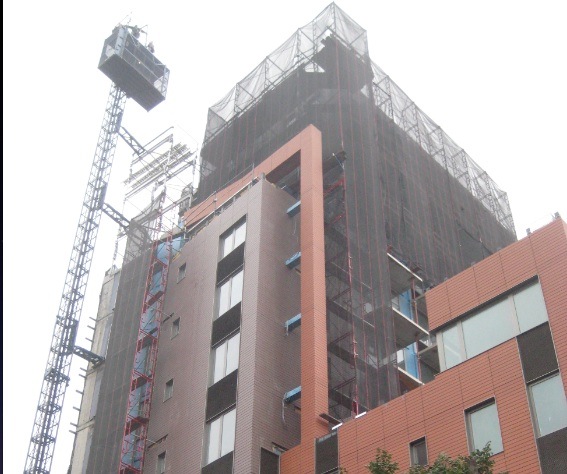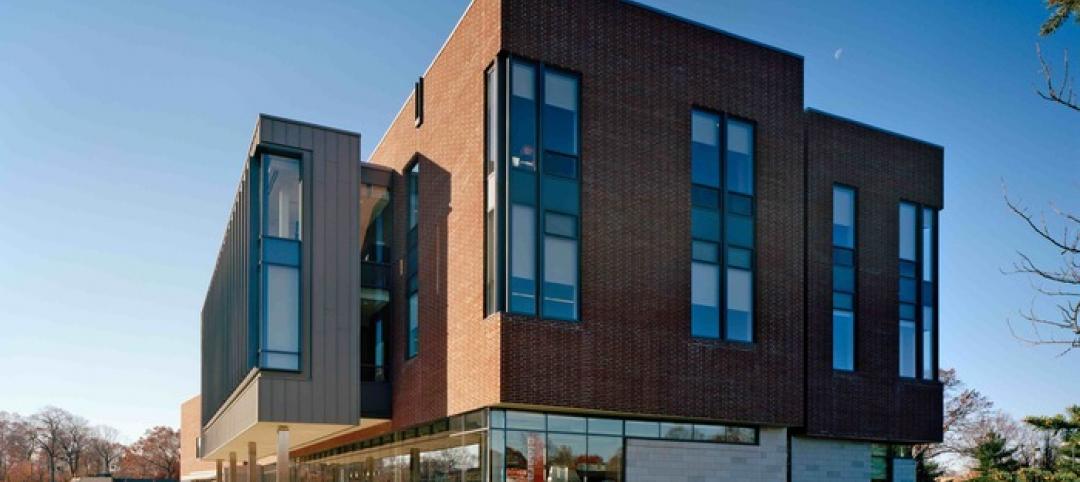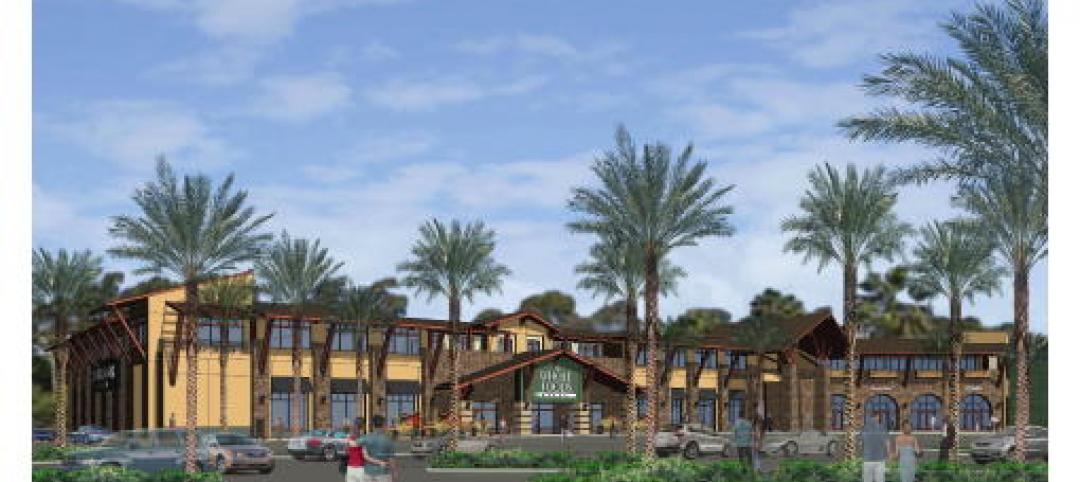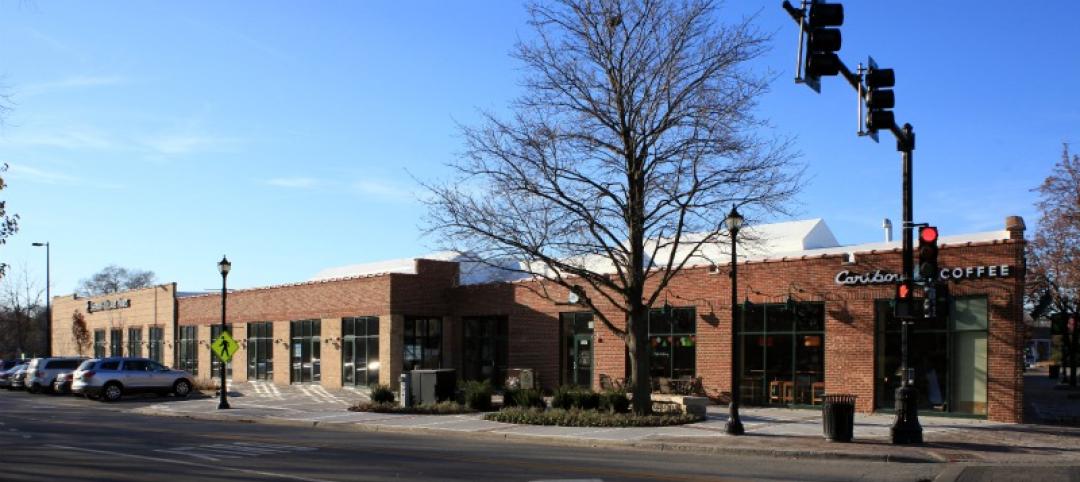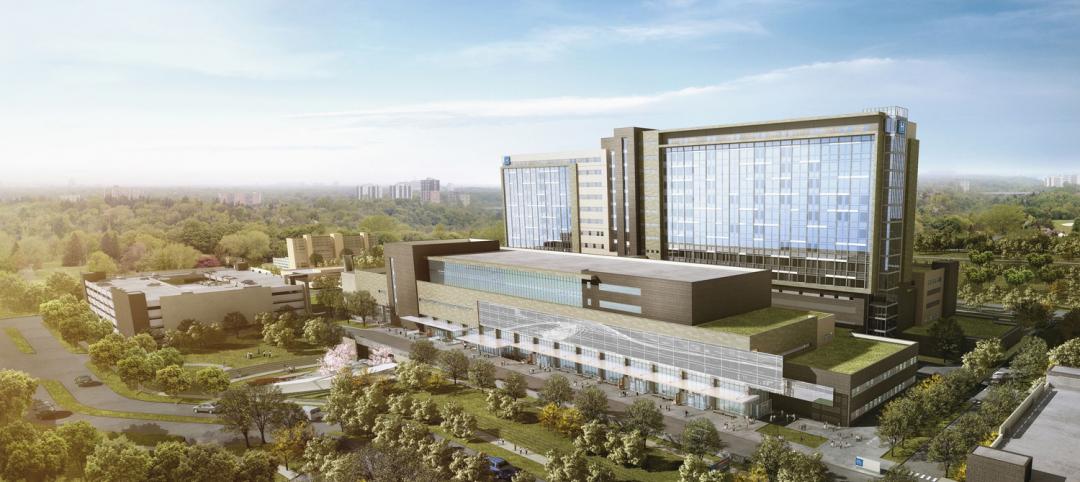Most buildings rely on a limited set of strategies for keeping water out. This course describes the rainscreen approach, which has six elements: cladding, cavity, thermal layer (insulation), air barrier, moisture barrier, and supporting wall.
When properly designed and detailed, the rainscreen approach can protect the wall from moisture damage, even in climates prone to heavy rainfall. This is because the rainscreen approach does not depend on any one element to provide perfect waterproofing protection, but instead relies on a multi-component strategy.
Take this free AIA/CES course at BD+C University
Course Learning Objectives
Based on the information presented in this course, you should be able to:
- Identify conditions that lead to water infiltration, as well as the forces by which water moves into buildings, so as to develop a comprehensive water management strategy that protects the building and enhances indoor environmental quality for occupants.
- Evaluate the effectiveness of various rain control methods, including mass walls, perfect barriers, and masonry veneers, and apply the rainscreen approach to enhance the performance and durability of the building envelope for improved IEQ and occupant health and welfare.
- Explain how the multiple elements of a rainscreen wall system work in concert to manage moisture and extend the lifespan of building materials, while identifying potential sources of error and premature deterioration that must be dealt with to prevent degradation to indoor environmental quality and occupant/visitor health and welfare.
- Explore the environmental and health implications of catastrophic exterior wall failure, using the examples of the Pacific Northwest condominium debacle, the failure of early EIFS cladding, and the subsequent improvement of EIFS systems.
Related Stories
| Feb 14, 2012
Thornton Tomasetti names Al Hashimi vice president for its Middle East Operations
Al Hashimi is joining the company to help expand Thornton Tomasetti’s business in the region and support clients locally.
| Feb 2, 2012
Call for Entries: 2012 Building Team Awards. Deadline March 2, 2012
Winning projects will be featured in the May issue of BD+C.
| Feb 1, 2012
Two new research buildings dedicated at the University of South Carolina
The two buildings add 208,000 square feet of collaborative research space to the campus.
| Jan 30, 2012
Hollister Construction Services to renovate 30 Montgomery Street in Jersey City, N.J.
Owner Onyx Equities hires firm to oversee comprehensive upgrades of office building.
| Jan 27, 2012
BRB Architects designs new campus center for Molloy College
Intended to be the centerpiece of the College’s transformation from a commuter college to a 24-hour learning community, the “Public Square” will support student life with spaces such as a café, lounges, study rooms, student club space, a bookstore and an art gallery.
| Jan 19, 2012
LEED puts the 'Gold' in Riverside golden arches
McDonald's restaurant recognized for significant energy savings.
| Jan 15, 2012
Smith Consulting Architects designs Flower Hill Promenade expansion in Del Mar, Calif.
The $22 million expansion includes a 75,000-square-foot, two-story retail/office building and a 397-car parking structure, along with parking and circulation improvements and new landscaping throughout.
| Jan 6, 2012
Summit Design+Build completes Park Place in Illinois
Summit was responsible for the complete gut and renovation of the former auto repair shop which required the partial demolition of the existing building, while maintaining the integrity of the original 100 year-old structure, and significant re-grading and landscaping of the site.
| Jan 4, 2012
HDR to design North America’s first fully digital hospital
Humber River is the first hospital in North America to fully integrate and automate all of its processes; everything is done digitally.


